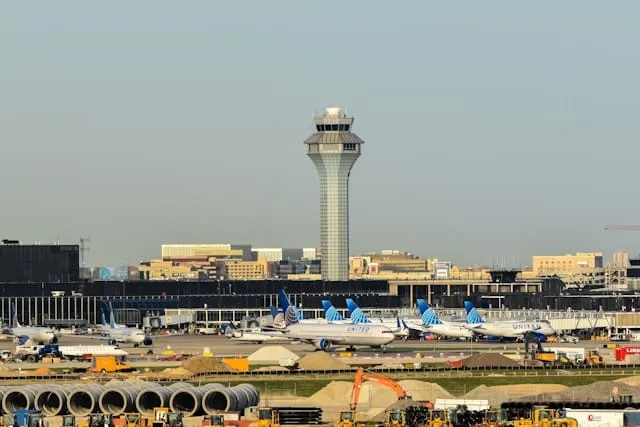Flying by air is now one of the most dependable ways to travel. Airplanes are taking off and landing in different parts of the world all the time. However, there is a set of routines and care that ensures everything runs smoothly. Even though aircraft maintenance is rarely in the news, airlines must be efficient, safe, and dependable.
Passengers usually do not consider the effort needed to maintain the aircraft in good condition. For the people working with aircraft, engineers, technicians, and inspectors, every plane is a puzzle that needs to be watched and maintained at all times.
Keeping the Schedule On Track
Time is very important in the airline industry. Each minute an airplane is on the ground, it is not making any money. Teams in charge of maintenance make sure aircraft are prepared for takeoff on time. It requires checking the property carefully, completing the work fast, and keeping in touch all the time. If maintenance is done regularly, airlines can prevent delays and cancellations.
A lot of procedures are set up ahead of time and must be completed according to a set schedule. The checks are done quickly and still cover all the important points. A closer look is taken during weekly and monthly checks. Major inspections are done after the aircraft has flown for a certain number of hours. They ensure that aircraft are well-maintained and help avoid sudden issues.
Preventing Costly Repairs
One of the biggest advantages of proper maintenance is cost savings. While repairs are inevitable in any machine’s life, catching problems early can stop them from growing. For example, a small crack in a component may seem harmless at first. Left unchecked, it can lead to bigger damage, which costs far more to fix and may take the plane out of service for days.
Technicians use specialized tools to keep wear and tear in check. A good example is a cable tension meter. It helps ensure the control cables that run through the aircraft are properly tightened. If they’re too loose or too tight, it can affect how the aircraft responds in the air. By using tools like this, teams can keep everything calibrated and responsive, avoiding expensive downtime.
Fuel Efficiency Through Fine-Tuning
Aircraft maintenance isn’t just about keeping planes in the sky. It also helps them fly more efficiently. Something as simple as a dirty engine or an improperly sealed panel can lead to increased fuel burn. Maintenance crews pay attention to these small details because they add up over time.
Cleaning engine components, replacing filters, and monitoring aerodynamic surfaces can all improve fuel efficiency. Even tire pressure plays a role. When everything is in balance, the aircraft glides through the air with less resistance. For airlines, this means lower fuel bills and a lighter impact on the environment.
Extending the Life of the Aircraft
Buying an aircraft is a massive investment. Airlines want to get as many years of service out of that investment as possible. Regular maintenance plays a major role in achieving this. By replacing worn-out parts, lubricating moving components, and protecting the aircraft from corrosion, maintenance teams can help planes remain airworthy for decades.
In many cases, a well-maintained aircraft can switch from one airline to another, continuing service in a different part of the world. This extended usability benefits not only the airline but also the environment, as fewer resources are needed to build new aircraft from scratch.
Improved Passenger Experience
Operational efficiency isn’t only about money and schedules. It also includes the experience passengers have while flying. Regular maintenance ensures that things inside the cabin are comfortable and working properly. Air conditioning, lighting, entertainment systems, and even the seats get attention.
When passengers step onto a clean, comfortable aircraft with everything working as expected, it builds trust in the airline. It makes them more likely to book again. That loyalty adds to the airline’s bottom line in a quiet but powerful way.
Conclusion
Aircraft maintenance may not be glamorous, but it is a quiet force behind every smooth flight and on-time departure. It helps prevent problems, cut costs, and keep passengers safe and comfortable. In a world where efficiency is everything, maintenance stands as one of the strongest tools an airline has to stay ahead. It doesn’t just keep planes in the sky, it keeps the whole system flying forward.



